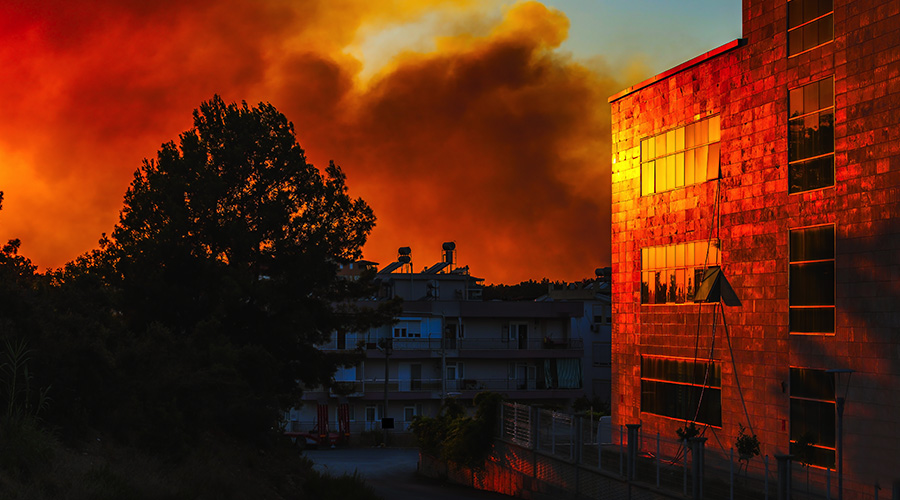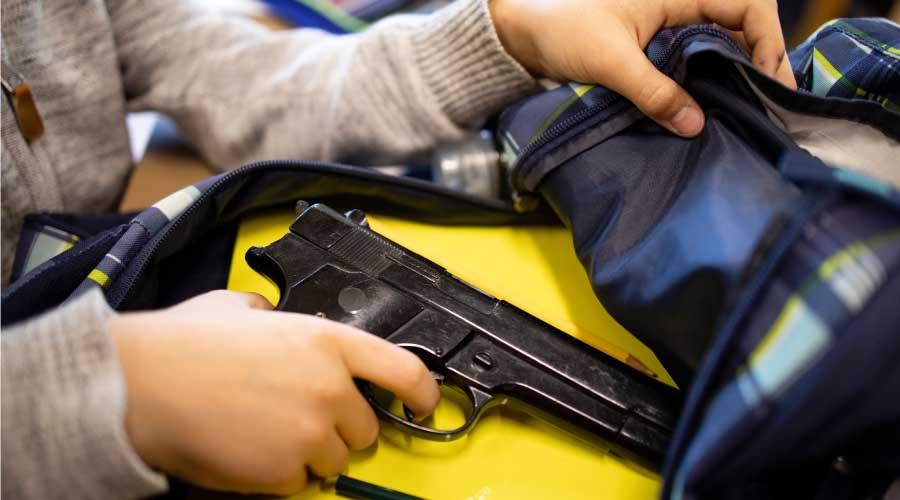In a Disaster, Responsibility to Public Makes Facility Manager's Job Harder
For some facility managers, disaster planning responsibilities have an added dimension: the role their buildings play for the public. On any given day, one out of every six Hawaiians is spending the day in one of Moore's school buildings. What's more, schools that are not in the flood zones serve as shelters not only for those schools that are, but also for the rest of the population in those areas as well, including visitors to the islands.
If a warning pops up out of nowhere, "we can be inundated with people seeking high ground that show up at a school on a weekend when nobody is ready for it," Moore says.
Juggling all those responsibilities demands good communication with other organizations and businesses in the state. "Virtually all of our hotels are near the shoreline and subject to both hurricane damage and tsunami and hurricane surge inundation, so we want to make sure that the hotels give their guests appropriate information on where to go in the case of a disaster," says Moore. If the guests evacuate, they may very well head to a school building. But a better course of action might be to tell people in a concrete building to head to higher floors as opposed to evacuating completely.
Adding on a responsibility to the outside community can lead to unexpected headaches, says Michael Harris, vice president of facilities and operations at Rowan University in New Jersey. After 12 inches of rain in about four hours one day last August, the university's campus was flooded to the point that it was declared a disaster area. Luckily, the university was on break, so that removed one complicating factor.
Two weeks later, Hurricane Irene came calling. While the campus was still recovering from the first round of flooding and trying to prepare for Irene, the American Red Cross activated its contract with the university to serve as a shelter for people displaced from Atlantic City. The contract was not a very well-known component of necessary planning.
"When it was triggered and put in place, I think we learned a lot about those agreements and what responsibilities we have and how we need to be prepared," Harris says. "We were trying to figure out how to house, feed, entertain, and keep calm 1,200 people who were displaced from their homes for a few days and not happy about it."
Back-to-back disaster scenarios and an unanticipated responsibility to house 1,200 people shows the value of a good plan, but also highlight that sometimes, you're going to have to make it up as you go along, Harris says.
"In the first flood, we lost our entire basketball floor. But that was also the site for the American Red Cross shelter," he says. "So, we had to tear up the floor, then we ended up basically cementing some of the doors where the flooding had happened. We ended up pouring cement and shoving the doors down into it just to seal them shut."
In the end, the university got through with damage only to property, which is a plus. And, Harris says, with a much better understanding of what can happen. Before the flooding in August, the worst-case scenario was that six buildings on campus would need preparations such as sandbagging.
"We had seven more buildings that we didn't anticipate get hit," Harris says. "Now we've expanded our 'expect to get hit' list to 13 buildings," as part of their future disaster planning.
Related Topics:

















